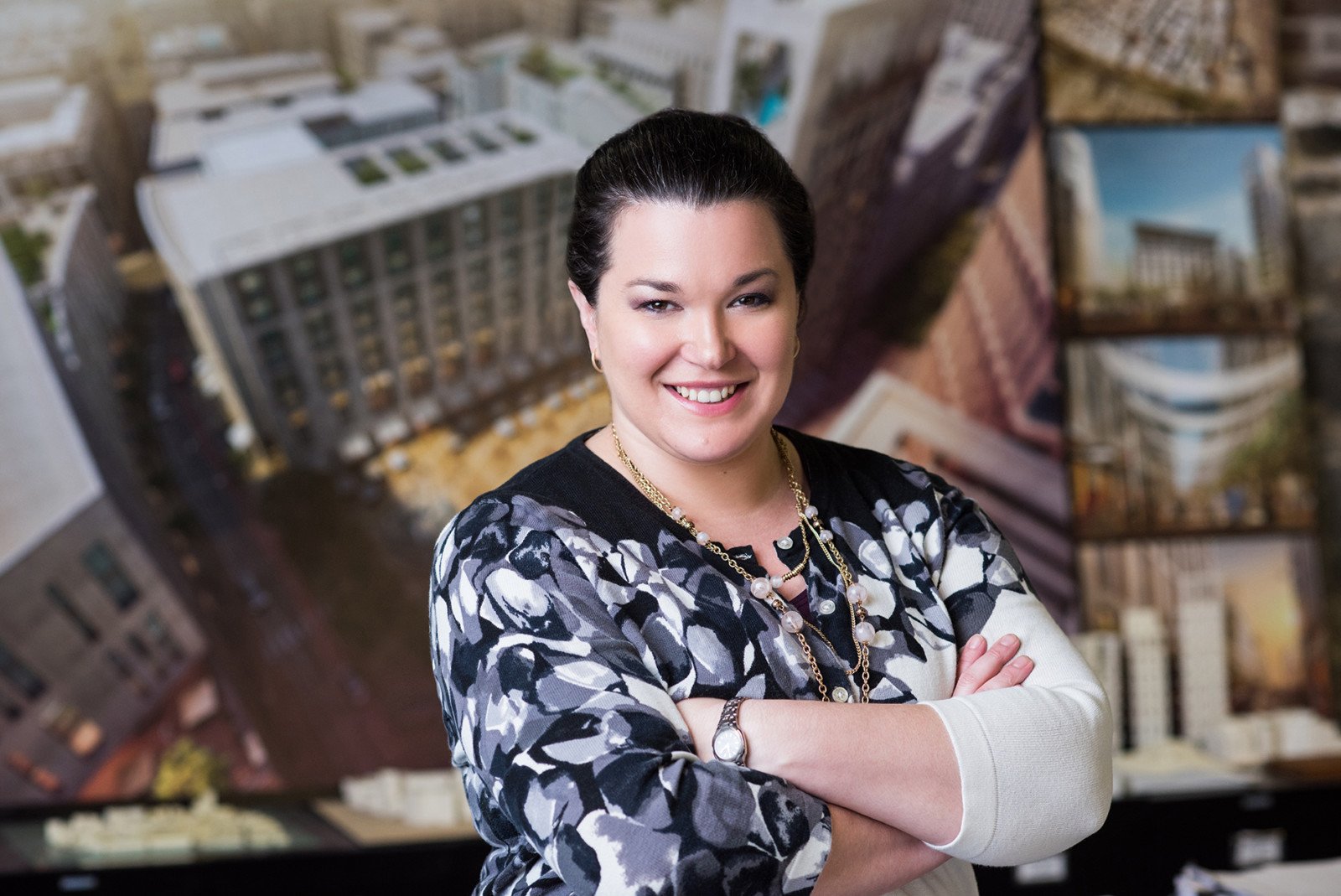This month’s Global Climate Action Summit in San Francisco brought together leaders from around the world to take on climate change. Several HOK leaders attended GCAS-related events and served as speakers and workshop leaders.
Anica Landreneau, HOK’s director of sustainable design, shared her key takeaways:
Climate change and health: There is a clear connection between health and climate change, and the actions that make our cities healthy and prosperous can also make them more resilient. Anne Hidalgo, the mayor of Paris, argued that investing in clean transit could not only address climate change but could prevent 1,000 deaths and save 100 million commuter hours per year. Bernard Tyson, CEO of the healthcare system Kaiser Permanente, spoke about the connection between climate, natural disasters and human health as he committed his organization to carbon neutrality by 2030. “When the natural disasters happen, they affect the health of individuals—mental health, breathing, the lungs and heart. We’re committed to being part of the solution.”
Climate change and buildings: Buildings represent 50 to 70 percent of emissions in cities. Furthermore, about 3 percent of the buildings represent half the opportunity to address climate change. These are the energy-demanding, monumental buildings like stadiums, airports and office towers. HOK recently recommitted to its AIA 2030 pledge (and Paris Solutions Campaign) by signing onto the Carbon Smart Building Declaration that calls for all new construction to be carbon neutral by 2030 and for all existing buildings to reach that goal by 2050. In addition to reducing building emissions, the AEC profession must focus on lowering embodied energy, the carbon dioxide emitted during the manufacture, transport and construction of building materials.
Change begins in cities: By 2050, 70 percent of the world’s population will live in cities. These concentrated urban areas provide the best places to impact climate change. The C40 Cities Climate Leadership Group now represents 96 cities and 700 million people who contribute to one-fourth of the global economy. These cities have pledged carbon neutrality and are cities where HOK has studios and delivers major projects.
Forests are more important than ever: Studies show forests represent 30 percent of the solution to reducing climate change. Nothing else can store carbon at this scale. On September 13, HOK’s San Francisco studio hosted the launch of Cities4Forests, a partnership connecting urban areas to woodlands.
We’ll always have Paris: The U.S. cannot officially withdraw from the Paris Agreement until a few days into the next administration. Regardless, the U.S. is nearly halfway to its Paris goal (cutting emissions 26 percent by 2025) and last year’s emissions fell to the lowest level in 25 years. The U.S. will meet the Paris Agreement whether it is ‘in it’ or not.
Nature holds answers we’re just now discovering: HOK sustainable design leader Sean Quinn spoke at multiple GCAS-affiliated events on the firm’s decade-long exploration of biomimicry, design informed by nature that can mitigate the impacts of climate change.
